#birdwatching in india
Text
Feathers and Peaks: Unveiling the Avian Wonders - A Birdwatcher's Guide to Gulmarg's Top 3 Destinations
Introduction:
Welcome to Gulmarg, a paradise for nature lovers and avid birdwatchers alike. Nestled in the heart of the Himalayas, Gulmarg is renowned for its breathtaking landscapes and diverse avian species. In this blog post, we'll guide you through the top three tourist destinations in Gulmarg, offering a perfect blend of scenic beauty and birdwatching opportunities.

Gulmarg Biosphere Reserve: A Haven for Birdwatchers
Start your journey at the Gulmarg Biosphere Reserve, a protected area teeming with rich biodiversity. Home to numerous bird species, this reserve provides an ideal habitat for both resident and migratory birds. As you explore the trails, keep an eye out for the Western Tragopan, Monal Pheasant, and the Himalayan Snowcock. The diverse flora and fauna make it a haven for birdwatching enthusiasts and nature photographers.
Khilanmarg: Serenity at its Best
For a serene birdwatching experience, head to Khilanmarg, a meadow surrounded by snow-capped peaks and dense pine forests. This pristine location is a paradise for bird enthusiasts, offering sightings of species like the Himalayan Finch, Golden Eagle, and the elusive Snow Partridge. The panoramic views of the surrounding mountains add to the allure of this natural haven.
Alpather Lake: Where Scenery Meets Avian Diversity
Conclude your tour at Alpather Lake, a shimmering jewel amidst the snow-covered mountains. This picturesque lake not only offers breathtaking views but also serves as a prime birdwatching spot. Migratory birds like the Brahminy Duck and Mallard frequent the lake, creating a delightful spectacle for nature enthusiasts. Take a leisurely stroll around the lake, and you might also spot the Himalayan Monal and the Red-Billed Blue Magpie.
Conclusion:
Gulmarg is a treasure trove for those seeking a perfect blend of natural beauty and birdwatching experiences. From the Gulmarg Biosphere Reserve to the tranquil Khilanmarg meadow and the scenic Alpather Lake, each destination offers a unique opportunity to connect with nature and witness the diverse avian life of the region. Embark on this journey with Tours and Journey, and let Gulmarg unfold its wonders before your eyes.
Visit Tours and Journey for an unforgettable birdwatching adventure in Gulmarg!
0 notes
Text

Painted Sandgrouse (Pterocles indicus), female, chick, and male, family Pteroclidae, near Kota, Rajasthan, NW India
photograph by Hemant Nighojkar
255 notes
·
View notes
Text
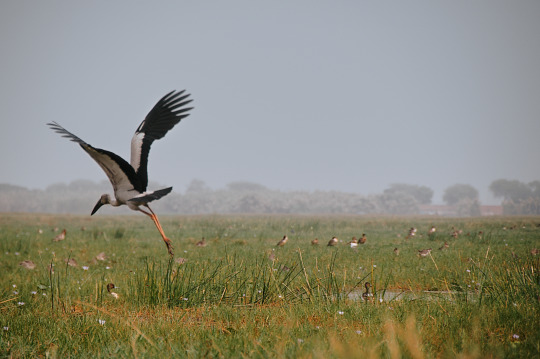
Chilika lake, 2023
#original photographers#photographers on tumblr#travel#india#orissa#nature#birds#lake#birdwatching#nature photography#landscapes
31 notes
·
View notes
Text

Visitors. 2017
#phone photography#nature lovers#planet earth#beautiful places#beautiful planet#nature#nature photography#india#lensblr#lightroom#peacock#bird lovers#birds#original photographers#photographers on tumblr#memories#ornithology#birdwatching#peafowl#peahens
22 notes
·
View notes
Text
BOTD: Black-Necked Crane

^image credit: Lorie Shaull
Black-Necked Crane (Grus nigricollis)
The Black-Necked Crane is the state bird of the union territory of Ladakh. It is listed as Near Threatened by the IUCN. Populations of the bird in Bhutan are protected both culturally and legally, however they are still disturbed by tourism. The main, but not only, threat to the species is habitat loss.
#black necked crane#black-necked crane#crane#cranes#birds of asia#birds of india#birds of bhutan#grus nigricollis#birds#birding#endangered birds#endangered species#threatened species#threatened birds#bird endangerment tw#birdwatching#ornithology#bird facts#bird fact
80 notes
·
View notes
Text

Bay-backed Shrike
#photografy#photooftheday#photography#photo#photogram#bird#bird photography#birds#birdwatching#bird art#shrike#maharashtra#india love#indian#india
4 notes
·
View notes
Photo

Little Grebe, Tachybaptus ruficollis, with chicks, Lower Ambiplura Lake, India
photograph by Varmax | inaturalist CC
18 notes
·
View notes
Text
Which one your favourite?🦉
A great gray owl mother and her owlets by Did you know? The great gray owl is the world's largest species of owl by length.🦉
#the owl house#owlcreek#owl city#owl hoots#birds rambles#the birdcage#bird photography#birdwatching#bird art#birds of prey#bird video#funny birds#bird furry#india#morning#birds#animals#cut bird#eda the owl lady#tumblr post#artists on tumblr#photographers on tumblr#tumblr videos
3 notes
·
View notes
Text

Nature's Morning Serenade: Ashy Prinia delicately settled on Araucaria, embraced by the enchanting morning light. By view.from.shikhar
#Nature's Morning Serenade#Sony Alpha#Create With Sony#Birds Of India#birdwatching#Ashy Prinia#Bird#Birds#view.from.shikhar#Beautiful#Nature
7 notes
·
View notes
Text
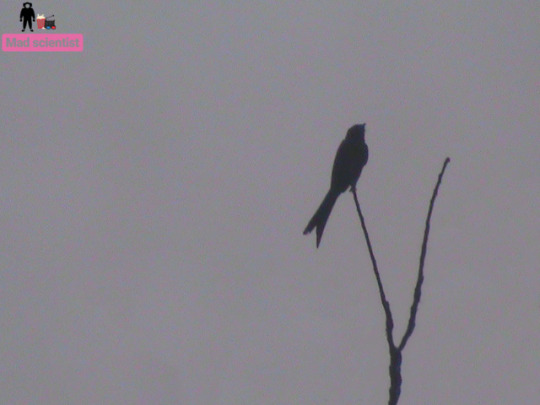
#birds#bird#nature#wildlife#birdphotography#naturephotography#wildlifephotography#photography#birdwatching#animals#birding#tamilnadu#tamil#captures#naturelovers#perfection#photooftheday#india#art#birdlife#GIF#LOL#Fashion#Art#Vintage#Illustration#Landscape#Animals#Food#Films
19 notes
·
View notes
Text
Hawk-owls of India
with Vinod Narayan and Shakti Vel & 3 others Click to: https://dipankarsphotography.myportfolio.com/birds-of-india or
https://www.shutterstock.com/g/Dipankar+Photography/sets/147469858

1 note
·
View note
Text
Unveiling the Secret: How Birds are Saving Our Planet!
Birds are not only beautiful and fascinating creatures, but also vital for the health and balance of our ecosystems. They provide many benefits to humans and other living beings, such as pollinating plants, controlling pests, dispersing seeds, cleaning up carcasses, and fertilizing soils.
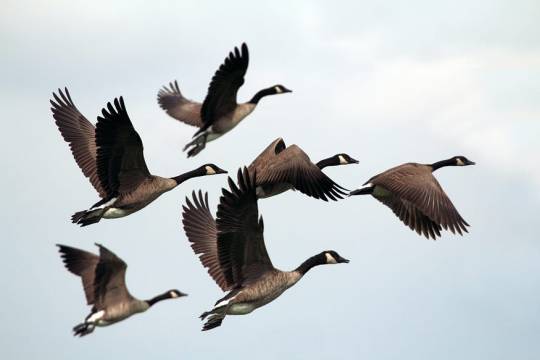
Birds Pollinate Plants

Some plants depend entirely on birds for pollination, such as many species of orchids, proteas, and aloes. Birds also pollinate crops that humans use for food or medicine, such as bananas, coffee, cocoa, and vanilla. Without birds, many of these plants would not be able to produce seeds or fruits, and the diversity and beauty of our landscapes would be diminished.
Birds Control Pests
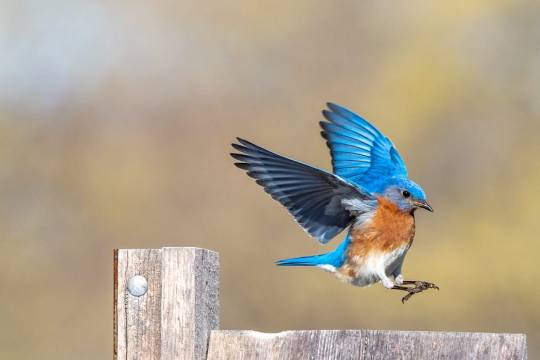
They consume millions of tons of bugs every year, reducing the need for pesticides and saving farmers money and resources. For example, birds eat up to 98% of corn insect pests in some areas and reduce grasshopper populations by 20–26%.
Birds also prey on mice, rats, gophers, squirrels, and other rodents that can spread diseases or destroy crops and infrastructure. Some farmers even use falcons or owls to scare away or hunt down pest birds that eat their grapes or other fruits.
Birds Disperse Seeds

This way, they help plants colonize new areas, restore degraded ecosystems, and create diverse and resilient landscapes. Birds can also carry seeds over long distances, such as across oceans or mountains, introducing new plant species to isolated islands or remote areas.
Some plants have evolved seeds that are specially adapted to be dispersed by birds, such as those with hooks, barbs, or wings.
Birds Clean Up Carcasses

They also recycle nutrients back into the soil and reduce the amount of waste in the environment. Birds are so efficient at cleaning up carcasses that they can remove up to 95% of the biomass within a few hours.
Birds Fertilize Soils

They can improve the water-holding capacity and structure of soils, making them more suitable for agriculture or gardening. Bird droppings can also fertilize coral reefs by providing nutrients to the algae that live in symbiosis with the corals.
Some bird droppings are so valuable that they have been harvested for centuries as a source of fertilizer or even explosives.
Conclusion
Birds are useful for the environment in many ways that we often take for granted or overlook. They help plants reproduce and diversify; they keep pests and diseases under control; they disperse seeds and restore ecosystems; they clean up carcasses and recycle nutrients; they fertilize soils and coral reefs.
Birds are essential for the functioning of our planet’s life support systems and for our own well-being. Therefore, we should respect and protect them from threats such as habitat loss, climate change, pollution, hunting, and invasive species.
Further Readings on Birds
Attract Birds to Your Yard with These Proven Strategies!
The 10 Most Common Birds in India: A Birdwatcher’s Paradise
International Vulture Awareness Day 2023 — Save Vultures
Endangered Birds Need Your Help: How to Make a Difference for the Environment and Yourself
Discover the Top 5 Migratory Birds that Visit India Every Year and Why They Are Amazing
Why Do Birds Migrate: Secrets of Bird Migration
Discover the Amazing Birds Sanctuary in India
#india#nature#wildlife#animals#wild animals#birds#bird photography#birdwatching#bird art#owls#parrot#birbs
0 notes
Text
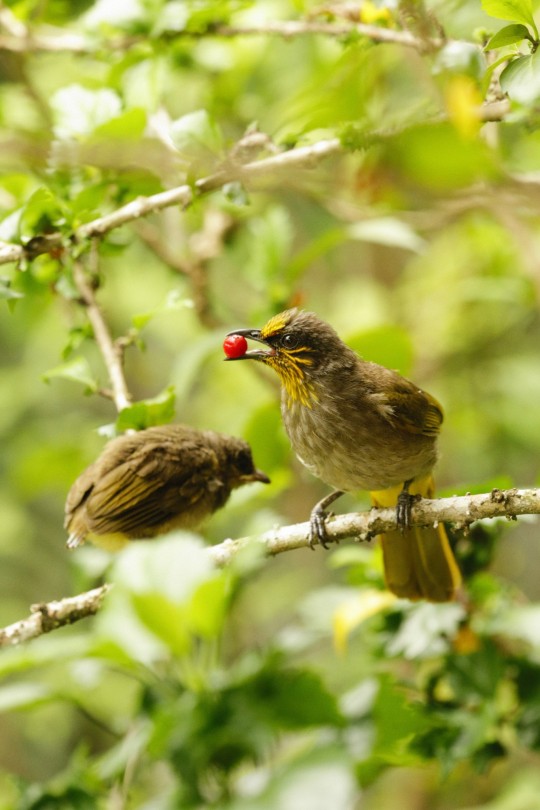
The yellow-throated bulbul (Pycnonotus xantholaemus) is a species of songbird in the bulbul family of passerine birds. The species is endemic to southern peninsular India. They are found on scrub habitats on steep, rocky hills many of which are threatened by granite quarrying. It is confusable only with the white-browed bulbul with which its range overlaps but is distinctively yellow on the head and throat apart from the yellow vent. The calls of this species are very similar to that of the white-browed bulbul.
#songbird#beautiful#singing birds#beauty#beautiful things#nature#beautiful birds#bird life#bird lover#bird watching#bird photography#birds#india#bird lovers#beautiful scenery#beautiful animals#birdwatching#bird wings#bird photos
1 note
·
View note
Text
#woodpecker#art#drawing#colourpencils#colourpencilart#birds of india#himalayan#himalayas#woody woodpecker#flamebird#woods#birds#birdwatching#birdsofinstagram#artwork#drawing videos#colour pencil drawing#youtubesubscribe#youtubesupport#artistshoutout#pencilshading#pencil drawing#youtuber#share art#draw with me#drawings#artists#indian#nocturnal#wildlife
0 notes
Video
youtube
Weekend Homes - Vlog 0045
#youtube#nalsarovar#nalsarovarbirdsanctuary#gujarattourism#birdwatching#naturelovers#wildlifephotography#wildlife photography#travel#india#indian#ahmedabad#ecotourism#birdsofinstagram#weekendhome#weekendgetaway#vacationhome#vacation homes#secondhome#cottage#forest cottage#cottagestyle#sanandnalsarovarroad#sanand#gujarat#roadtrip#nature#photography#explore#exploretheunseen
0 notes
Text

^Image credit: Steve Garvie
Lesser Flamingo (Phoeniconaias minor)
As its name suggests, the Lesser Flamingo is the smallest of the flamingo species. They lay a single egg, and the hatched chicks are led to fresh water by a few adult birds - a journey of which can reach over 20 miles (32 km).
#lesser flamingo#flamingo#flamingos#phoeniconaias minor#tropical birds#birds#bird of the day#bird facts#bird fact of the day#birds of africa#birds of india#birding#birdwatching#bird#ornithology
62 notes
·
View notes